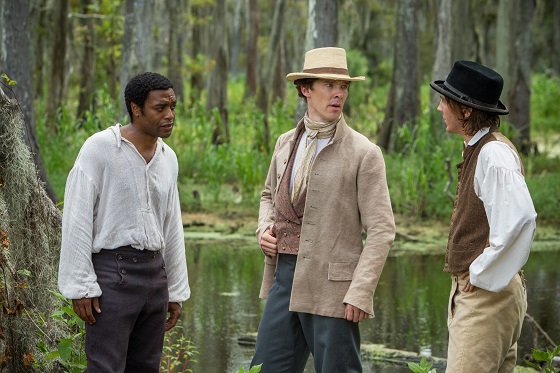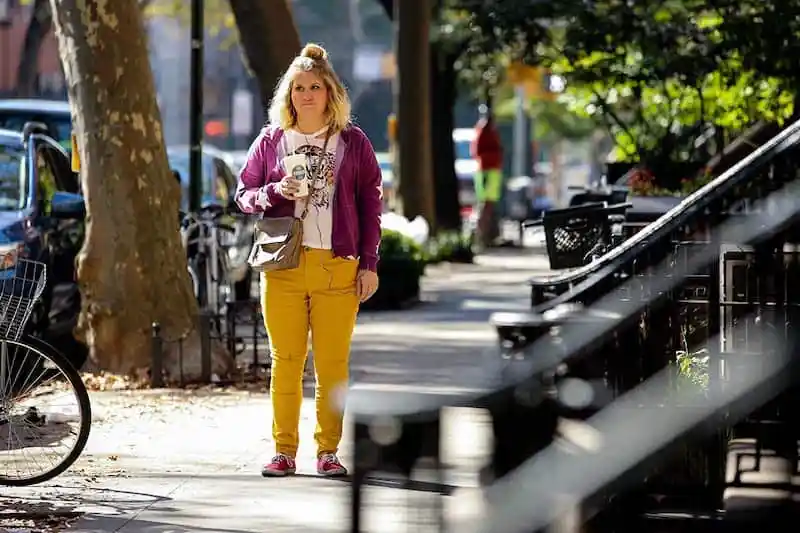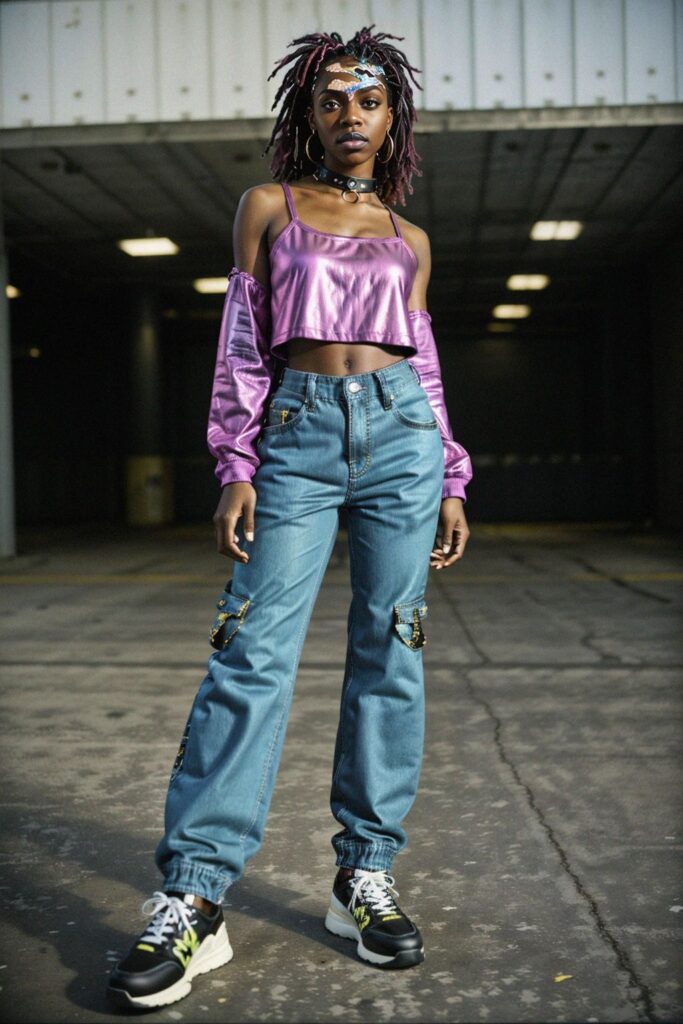
Hold onto your Von Dutch trucker hats and charge up your flip phones, because the early 2000s are back and bolder than ever! That’s right, the era of velour tracksuits, chunky highlights, and dial-up modems has made a dramatic, utterly fabulous comeback, dominating everything from our wardrobes to our playlists and even our tech choices. It’s like we’ve collectively hit rewind, and frankly, we’re here for it!
This isn’t just a fleeting moment of throwback fun; it’s a full-blown cultural phenomenon, fueled by a perfect storm of nostalgia, digital accessibility, and a yearning for simpler times. From the red carpet to TikTok feeds, the Y2K aesthetic is everywhere, remixed and reimagined for a new generation while still hitting all the right notes for those of us who lived through it the first time around. Get ready to rediscover why the 2000s truly left an impactful mark on technology and culture that continues to influence us today.
We’re about to take a deep dive into why these iconic trends are not just cycling back into the mainstream, but doing so with an accelerated, unmissable force. We’ll explore the underlying reasons, the major platforms driving this revival, and then zoom in on the specific fashion statements, musical genres, and tech gadgets that are having their moment in the sun once more. So, buckle up, because the 2000s are calling, and we are absolutely answering!
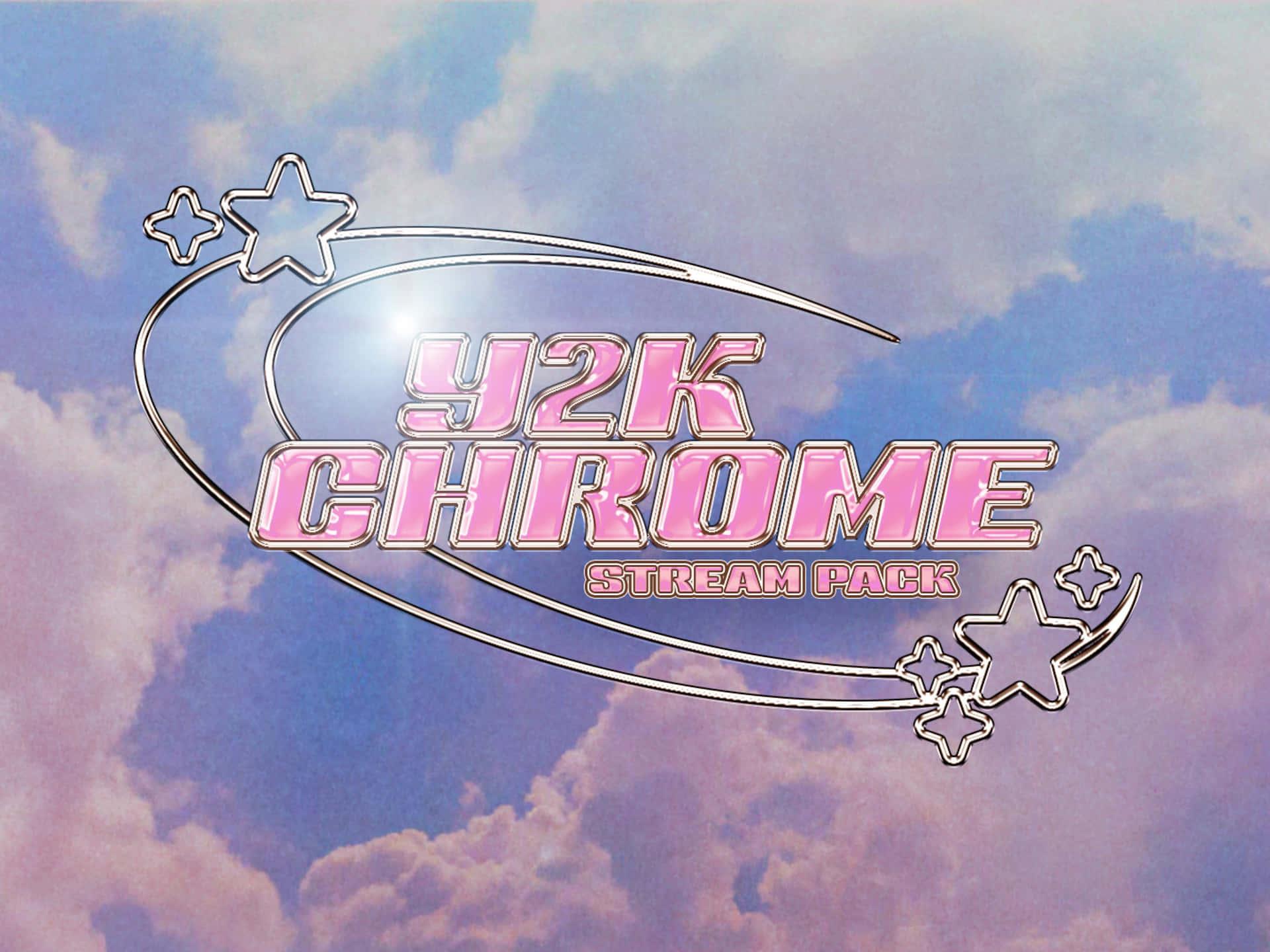
1. **Y2K Nostalgia’s Core Appeal: Yearning for Simpler Times**There’s something undeniably comforting about revisiting the past, especially when the present feels, well, a little chaotic. The rapid resurgence of 2000s trends can be directly linked to a collective desire for comfort and familiarity during times of uncertainty. People are yearning for times when life felt simpler and safer, and the early 2000s, with its distinct fashion, technology, and attitudes, offers that sweet spot of escapism.
This phenomenon isn’t new; fashion and cultural trends have long followed a 20-year cycle, a theory first proposed in the 1930s by English museum curator James Laver. Laver’s Law predicts that trends will start to become acceptable again after about two decades. So, it was inevitable that 2000s trends would return in the 2020s, but the speed at which it’s happening feels especially rapid this time around.
The fashion industry famously relies on this theory to dictate what’s in and what’s out, constantly predicting what they should sell. But beyond just industry cycles, this specific wave of Y2K nostalgia taps into a deeper psychological need. It’s a way for us to connect with cherished memories, and for younger generations, it’s an exciting opportunity to experience a vibrant, carefree vibe they might be craving, as sophomore Lana Gamoura noted, saying, “social media makes it so easy to find inspiration from any era, and 2000s fashion just has this carefree vibe people are craving right now.”
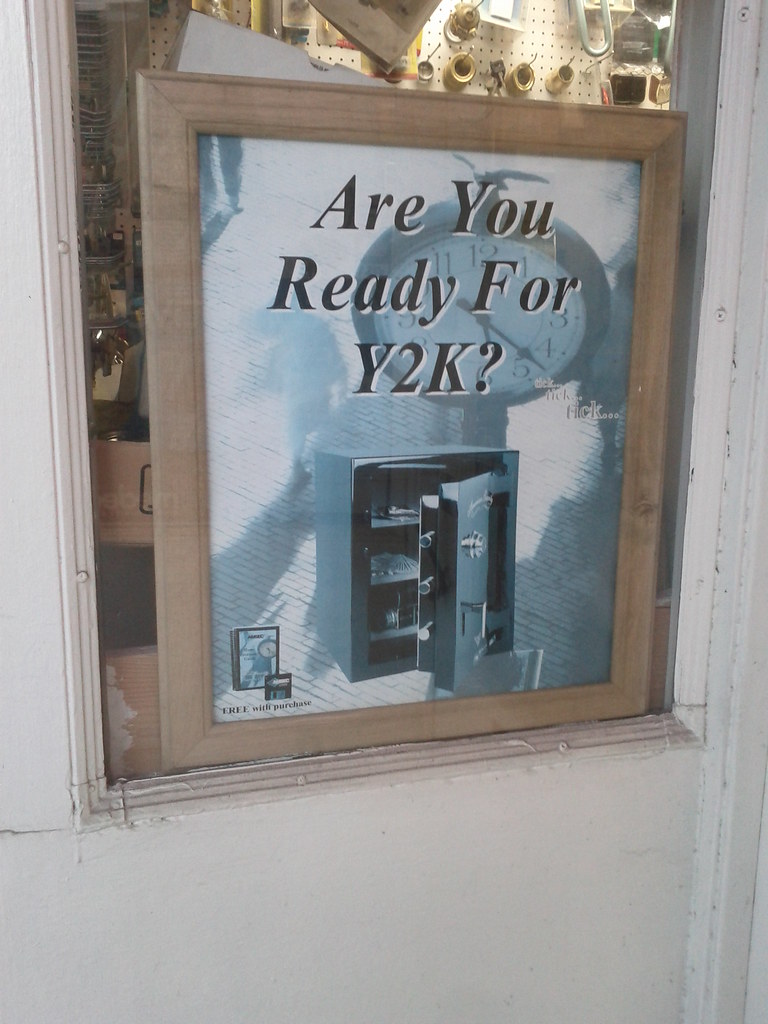
2. **The COVID-19 Pandemic’s Acceleration of the Comeback**Talk about a curveball! The COVID-19 pandemic played a significant, if unexpected, role in accelerating the return of 2000s trends. During a time of widespread uncertainty and isolation, many people naturally sought comfort in nostalgia. With in-person social interaction on hold, individuals retreated to old hobbies and comforting childhood memories, making the past feel like a safe haven.
This cultural revival wasn’t just about a desire for familiarity; it was also amplified by the digital age’s ability to instantly bring trends back to life. Suddenly, iconic 2000s aesthetics became more accessible and relatable than ever, even to younger generations who hadn’t experienced them firsthand. The internet made it incredibly easy for these trends to spread like wildfire, creating a shared experience of rediscovery.
As a result, the 2000s aesthetic became a powerful symbol of comfort, escapism, and self-expression amidst the chaos of the pandemic. People used fashion, music, and pop culture from the era as a way to cope, to connect, and to express a longing for simpler, more predictable times. It was a silver lining in a challenging period, showing how culture can provide solace when we need it most.

3. **Streaming Services and Reboots Driving Revival**Remember when you had to wait for your favorite show to air, or rent a DVD to watch a movie? Those days are long gone, and streaming services have become a major engine for the 2000s revival! They’ve made it ridiculously easy to binge-watch classic movies and TV shows from the era, fueling nostalgia for those who grew up with them and introducing them to younger generations who are embracing them with full force.
Series like *The O.C.* and *One Tree Hill*, and movies such as *Mean Girls* and *13 Going on 30*, have reignited interest in the fashion, slang, and pop culture of the time. These aren’t just entertainment; they’re bona fide time capsules that transport viewers back to an era defined by its distinct styles, technology, and attitudes. The ability to watch these cultural touchstones on demand means their influence never really fades.
But wait, there’s more! Reboots and sequels have also brought nostalgia roaring back, often with a modern twist for new audiences. Examples like *Gossip Girl*, *Gilmore Girls*, and *The Princess Diaries* have either been released or are in the works, proving that studios recognize the enduring popularity of these stories. The *Mean Girls* musical adaptation, which successfully brought back the iconic Plastics and their infamous Burn Book, is a prime example of blending past and present, captivating viewers across different age groups. And fans are eagerly awaiting the return of Reese Witherspoon in the highly anticipated third *Legally Blonde* movie, which continues to inspire with its empowering message of female empowerment and breaking stereotypes.
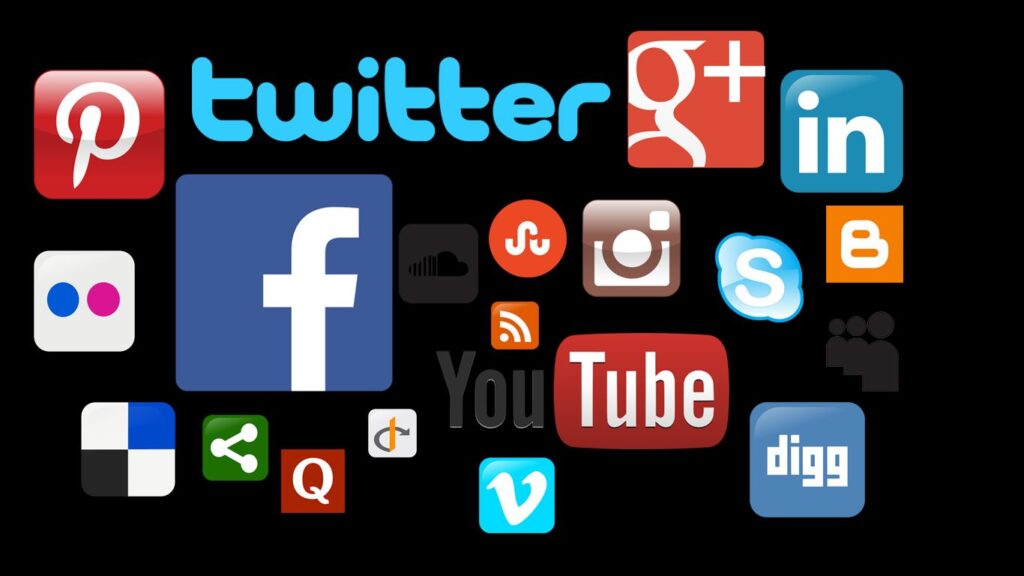
4. **Social Media and Influencers Fueling Trends**If the 2000s had MySpace, today’s revival is powered by TikTok! Social media is arguably the most influential driving force behind the rapid resurgence of Y2K trends. TikTok, especially, has made a massive impact with viral challenges, trending sounds, and fashion aesthetics directly inspired by the early 2000s. Users are constantly recreating iconic fashion looks and setting their content to throwback songs, allowing entire generations to relive or be introduced to these trends in a fun, interactive way.
It’s not just everyday users getting in on the action. Influencers and celebrities have immense power as modern-day trendsetters. When A-listers like Hailey Bieber, Bella Hadid, and Kendall Jenner embrace 2000s fashion, it instantly becomes cool again. Social media influencers quickly follow suit, which then trickles down to the wider public. Bella Hadid, for instance, is famously credited with “the great UGG renaissance” after paparazzi photos of her wearing platform UGG boots spread like wildfire, causing the shoes to immediately sell out.
This continuous loop of content creation, sharing, and celebrity endorsement on platforms like TikTok and Instagram keeps the Y2K aesthetic fresh and visible. As sophomore Teuta Sinishtaj shared, “It’s like I’m reliving my childhood but in a way that feels new. These trends are more than just clothes and music, they’re a way to connect with memories and even create new ones. Plus, it is also all-over social media; these trendy clothes and fashion statements.” It’s a digital ecosystem perfectly designed to bring the past into the present, making it instantly engaging and incredibly shareable.
Read more about: Orthorexia: Understanding the Unhealthy Obsession with ‘Healthy’ Eating and How to Find Balance
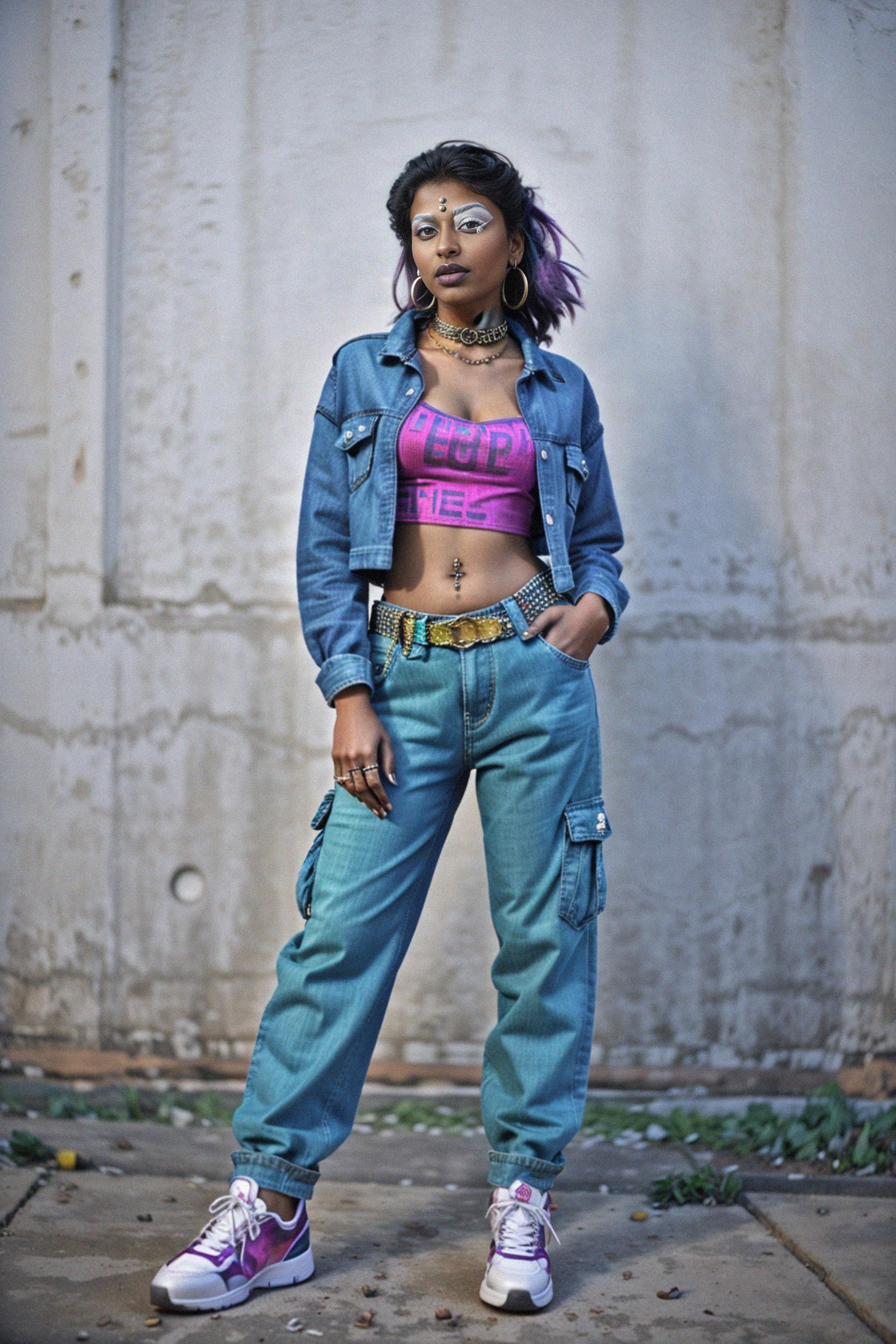
5. **Low-Rise Jeans and Y2K Fashion’s Bold Return**Prepare your midriffs, because the revival of 2000s fashion is impossible to miss! Iconic staples are reemerging in everyday wardrobes, though with a modern twist that lets people incorporate them based on their personal style. It’s not just about copying; it’s about reinterpretation, blending timeless influences with modern sensibilities.
Perhaps the most talked-about comeback is low-rise jeans. Once a controversial trend, they’ve made a triumphant return, with people realizing that different styles suit different body types. The good news is, today’s low-rise options are far more readily available and celebrated for their diverse appeal. We’re talking jeans so low you wondered if they might just fall off, and now they’re back to remind us of that bold Y2K spirit.
But it’s not just denim; accessories are having a major Y2K resurgence too. Platform shoes, often chunky and fabulous, are back to give us that extra lift. Trucker hats, once inexplicably everywhere thanks to folks like Ashton Kutcher, are making their way into the mainstream again. And who could forget the small shoulder bags, perfect for carrying just your flip phone and lip gloss? Even the velour Juicy Couture tracksuits, Paris Hilton’s signature look, are making waves again, alongside the unforgettable chunky highlights inspired by early 2000s icons like Kelly Clarkson. Media influences like Marissa Cooper from *The O.C.*, often seen in low-rise jeans, cropped graphic tees, and halter tops, further reinforce their appeal to younger audiences. Meanwhile, thrifting and secondhand shopping have played a huge role, allowing environmentally and economically conscious individuals to find unique vintage pieces and incorporate them into their modern style, experiencing a thrill when they find something that brings back memories.
Read more about: Y2K Fashion Revival: 2000s Trends Taking Over 2025
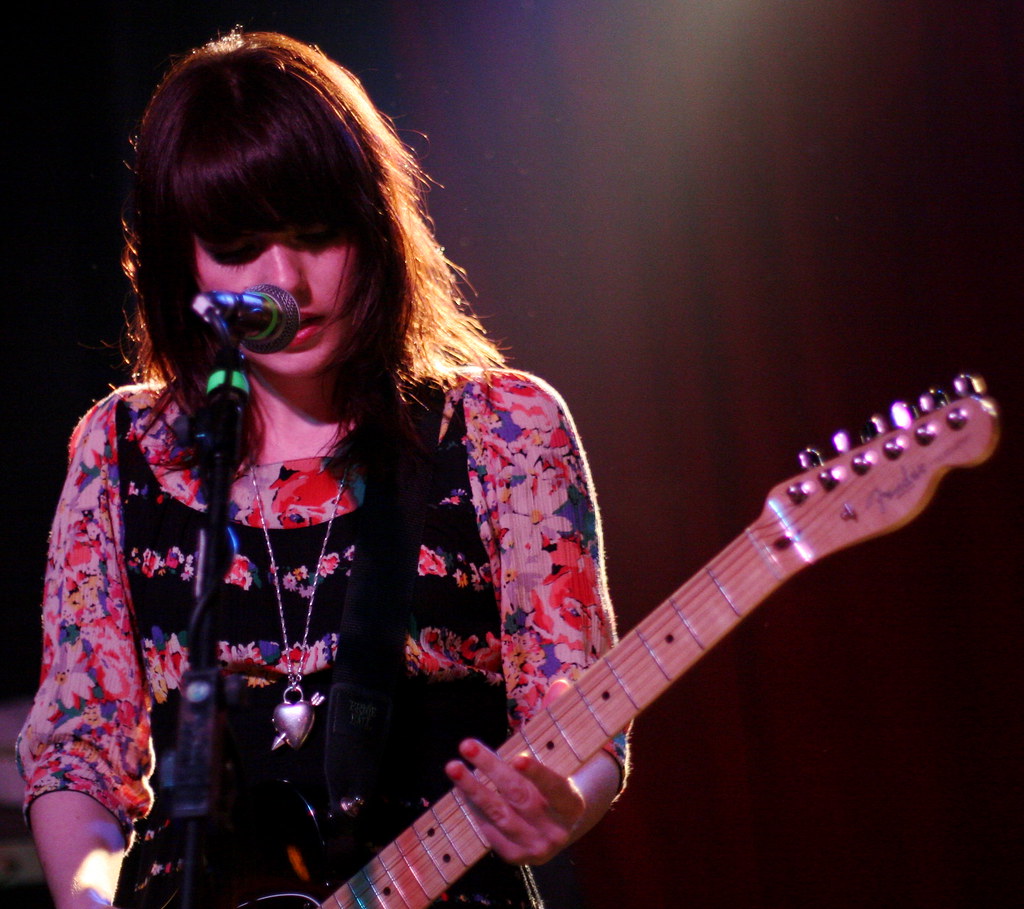
6. **Pop-Punk and Emo Sound Revival: Angst with a Modern Twist**If your playlist is suddenly filled with catchy guitar riffs and angsty lyrics, you’re experiencing one of the most vibrant aspects of the Y2K revival: the resurgence of 2000s music trends! TikTok and artists like Olivia Rodrigo are leading the charge, bringing the raw energy and emotional depth of pop-punk and emo into the modern age. It’s a glorious sonic blast from the past, updated for today’s ears.
On TikTok, old songs are being rediscovered and used as background music, inspiring viral challenges and choreographic dances. A perfect example is Aly & AJ’s “Potential Breakup Song.” After going viral on the platform, the sister duo even got back together to re-record an explicit version, proving the power of digital nostalgia to spark real-world musical comebacks. It’s a testament to how easily a classic track can find a new, massive audience.
Olivia Rodrigo stands at the forefront of this musical renaissance. Her hits like “good 4 u” and “brutal” channel the unmistakable angst and energy of the early 2000s pop-punk and emo sound, but with a fresh, contemporary perspective. Rodrigo openly cites inspiration from genre legends like Hayley Williams of Paramore and Avril Lavigne, bridging the gap between generations of fans. Her “good 4 u” music video even gives a nod to iconic 2000s films like *Jennifer’s Body* and *The Princess Diaries*, creating a cohesive Y2K aesthetic that resonates deeply with her audience. It’s a full-circle moment for a genre that once defined a generation’s soundtrack, proving that its emotional core remains timeless.
Product on Amazon: Low Rise Baggy Jeans for Women Y2k Straight Wide Leg Trendy Jeans Boyfriend Long Denim Cute Pants
Brand: Generic
Binding: Apparel Product Group: Sports
Price: 14.99 USD
Rating: 5.0 Total reviews: 2
Shopping on Amazon >>
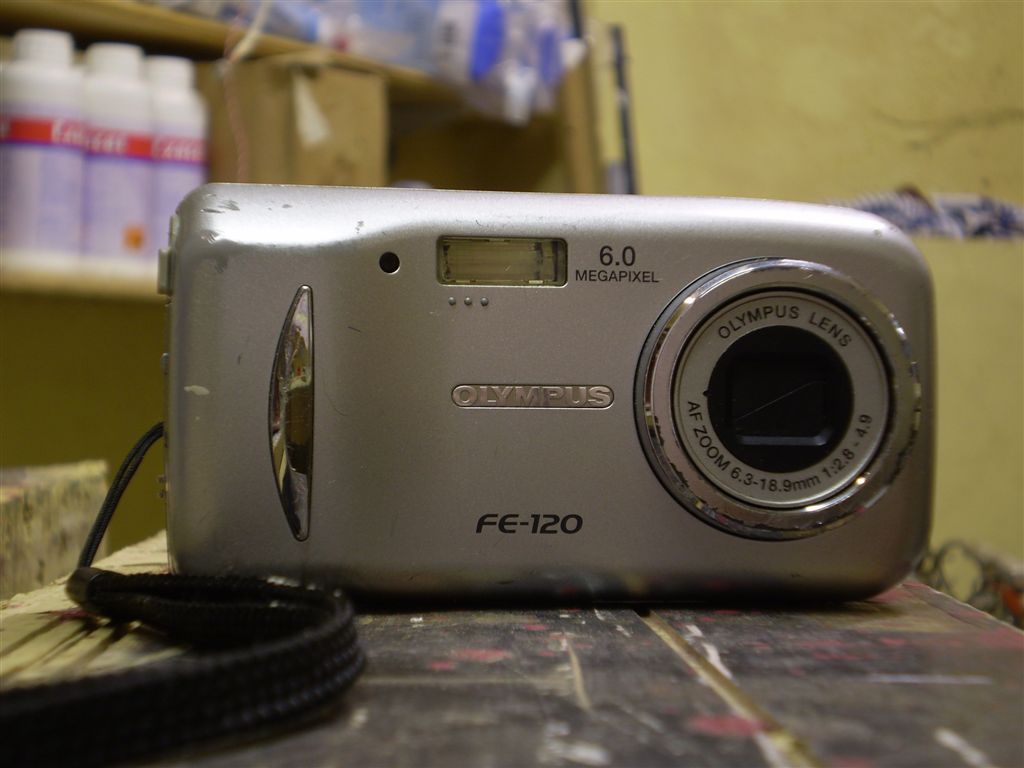
7. **Flip Phones and Digital Cameras: The Tech Detox and Aesthetic Charm**Remember when 2000s technology felt so novel and futuristic? Well, guess what? Devices like flip phones and digital cameras are making a surprising modern comeback, particularly with younger generations. They were once seen as the peak of technology, and now they’re being embraced for their simplicity, charm, and even as a tool for digital well-being.
Flip phones are experiencing a remarkable return, driven by a desire to unplug from the constant notifications and social media temptations of smartphones. Many young people are choosing this digital detox, finding something incredibly satisfying about dramatically flipping a phone shut, just like they do in the movies. ZDNet reported that searches for flip phones increased by over 15,000% over the past year among Gen-Z and younger Millennials, highlighting a real shift in tech usage.
Influencers are also on board; TikTok influencer Sammy Palazzolo, a college student, shares how she exclusively takes a flip phone when out at night. She finds it eliminates “drunk texts” and the urge to check social media, helping her live more in the moment. Alongside this, digital and disposable film cameras are enjoying a revival, aligning perfectly with our social media presence. Disposable cameras offer an authentic experience, letting us take photos without immediate review, which fosters a less self-conscious approach. Apps like Dispo even emulate this by delaying photo viewing for 24 hours and adding a vintage filter. Meanwhile, digital cameras are appreciated for their high-quality photos, delivering on the flash photography trend and helping people grow their social media presence, striving to be considered an “influencer” with that perfect retro-modern snap.

8. **The iPod/Mp3 Revolution: From CDs to Napster Chaos**Remember those days of carefully stacking CDs in your car visor, hoping not to scratch a single one? Well, the early 2000s swooped in and changed all that forever! With the arrival of Napster, music access was completely revolutionized, kicking off a digital era that reshaped how we consumed tunes. Soon after, Apple dropped the iPod in 2001, putting entire music libraries right into our pockets.
But this groundbreaking shift wasn’t without its dramatic moments. Suddenly, “pirating” music online became incredibly easy with sites like Napster and LimeWire, much to the chagrin of artists and record labels. Illegal downloading became commonplace, and the music industry famously argued that most music on iPods was probably downloaded illicitly—and they weren’t wrong!
Yet, amidst the chaos and legal battles, this digital revolution wasn’t entirely a free-for-all. Some artists even found unexpected allies in the online world. Radiohead, for example, saw their album *Kid A* leaked on Napster but still managed to hit number one, brilliantly proving that the internet could promote music just as effectively as it could disrupt the industry. It truly was a wild ride!
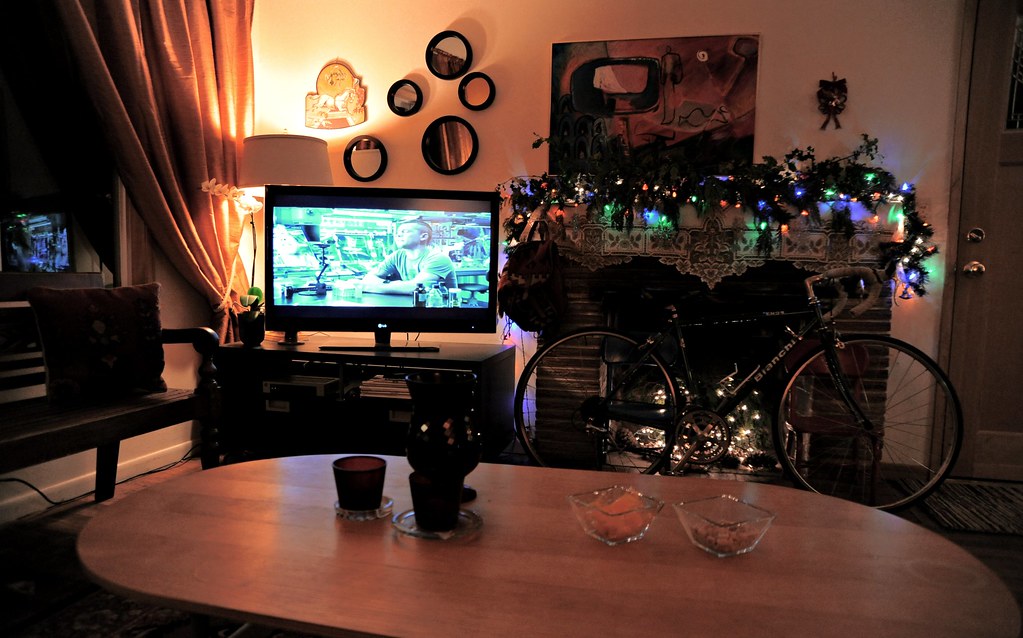
9. **Reality TV Changes Everything: The Rise of Unscripted Drama**Before our lives were dominated by TikTok challenges and viral YouTube clips, the 2000s blessed us with a golden age of reality TV that completely transformed television. Shows like *Survivor* and *Big Brother* captivated millions, drawing in viewers who were absolutely hooked on the unscripted drama of everyday people battling it out on deserted islands or facing eviction from a house. It was pure, unadulterated entertainment!
And it wasn’t just about game shows, either. *The Simple Life* made household names out of Paris Hilton and Nicole Richie, who delighted audiences by being, well, rich and wonderfully oblivious to any job that required actual labor. Meanwhile, *American Idol* reigned supreme, thanks to its brutal auditions and the breakout success of stars like Kelly Clarkson, who sang her way into our hearts.
As the decade progressed, shows like *Jersey Shore* took things to a whole new level, boldly proving that reality TV could be both incredibly entertaining and a fascinating, albeit dramatic, study of social behavior. It came complete with plenty of hair gel, tanning sessions, and nightclub drama that kept us glued to our screens. Talk about a cultural phenomenon!
Viewers eventually got a peek behind the curtain, learning that production crews often helped plan each contestant’s journey on a show, making it less about pure competition and more about crafting a compelling dramatic storyline. Floundering celebrities eagerly seized the chance to jump back into the spotlight by competing on shows like *Dancing with the Stars*. By the end of the decade, reality TV game shows had gotten so delightfully silly that *RuPaul’s Drag Race* launched, initially lampooning the genre, only to later dominate the entire concept with its fierce charisma, uniqueness, nerve, and talent.
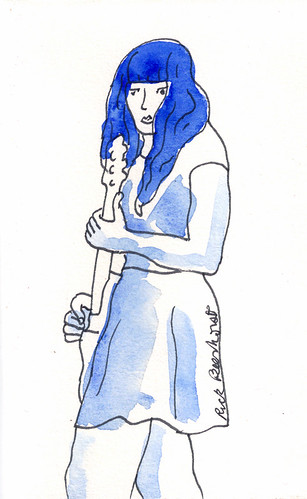
10. **The Rise of Blockbuster Boy Bands and Girl Power**If you were alive and breathing in the 2000s, chances are *NSYNC’s* “Bye Bye Bye” is still an undeniable earworm in your head. This was the era where boy bands fiercely battled it out for chart dominance, with *NSYNC*, the *Backstreet Boys*, and even O-Town (thanks to *Making the Band*) keeping teenagers everywhere absolutely squealing. But it wasn’t just the boys; Destiny’s Child, fronted by an emerging Beyoncé, was busy redefining girl power and setting new standards for vocal prowess and style.
This vibrant decade was truly a playground for pop icons in the making. Britney Spears rocketed to stardom, delivering legendary performances like her 2000 MTV VMAs striptease that had everyone talking and cemented her status as the undisputed Princess of Pop. Meanwhile, Christina Aguilera was consistently outshining rivals with her sheer vocal power and incredible range, proving that talent always wins. When we talk about 2000s pop culture, these incredible performers weren’t just a part of it—they were its very beating heart, pulsing with energy and unforgettable hits.
Read more about: Step Back in Time! 14 Jaw-Dropping Pictures That Prove the 1950s Were Totally Wild and Way Cooler Than You Think

11. **Movies Get Epic: From Gladiators to Superheroes and Fantasy Sagas**Hollywood in the 2000s had one clear directive: go big, or go home! And boy, did they go big. *Gladiator* kicked off the decade with a bang, absolutely dominating the box office with its sweeping historical epics and firmly establishing Russell Crowe as a household name. It was a spectacle of ancient Rome that left audiences cheering for more, proving that grandeur was definitely in.
Then came *The Lord of the Rings* trilogy, which magically captured the imaginations of fans around the world, one epic installment at a time. Its grand finale, *The Return of the King*, swept the Academy Awards with an astounding 11 wins, rightfully placing high-fantasy films squarely at the center of pop culture and showing everyone what truly immersive storytelling looked like on the big screen.
But the big screen wasn’t just for historical epics and hobbits; superheroes also flew straight into mainstream consciousness, forever changing the cinematic landscape. The 2000 release of *X-Men* set the stage for an entire era of superhero blockbusters, brilliantly paving the way for the colossal Marvel Cinematic Universe that would dominate the 2010s and beyond. It was the decade where heroes, both ancient and modern, truly found their cinematic stride.
The profound “Lord of the Rings effect” reverberated throughout the decade, paving the way for a wave of other successful alternate-reality movies and shows like *Twilight*, *True Blood*, and *The Hunger Games*. Suddenly, nerds from all walks of life no longer needed to hide away in Renaissance fairs or comic book conventions to revel in fantasy world immersion; it was now a celebrated, mainstream phenomenon, and everyone was invited to the party!
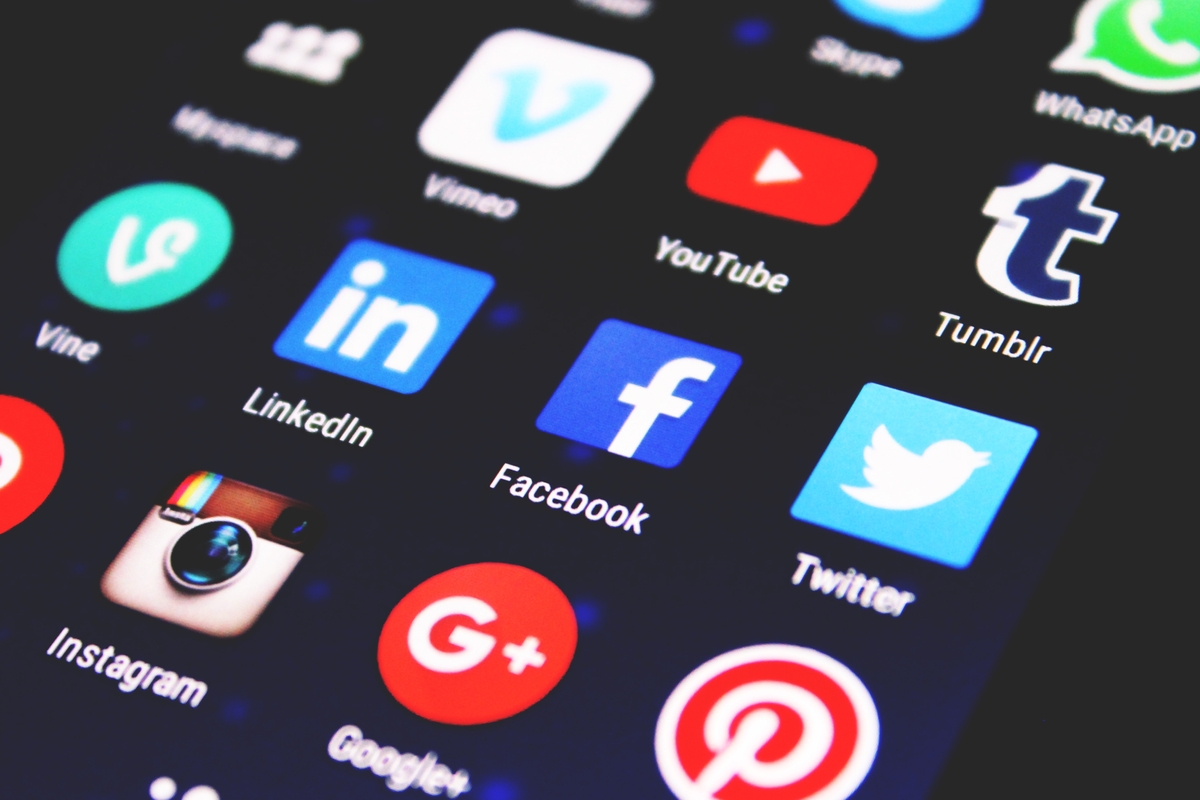
12. **Social Media is Born: MySpace, Facebook, and the Digital Connection**Today, it might feel like TikTok and Instagram have always been a part of our lives, but back in the early 2000s, there was MySpace. Ah, MySpace! Tom was everyone’s first friend, and painstakingly coding your profile to include a cool song was an absolute rite of passage for millions of internet users. Not long after, Facebook quietly launched, initially exclusive to college students, before exploding into the social media titan we all know (and sometimes love) today.
This period marked the true dawn of people living their lives online, eagerly sharing every single detail of their existence with friends, acquaintances, and often, total strangers. Before we knew it, YouTube had arrived, transforming random users into full-blown internet celebrities, and the social media revolution was unequivocally well underway, forever changing how we connect and communicate.
It quickly escalated into a fascinating, albeit sometimes problematic, competition to showcase who had the most online friends, who featured you prominently in their MySpace “Top 8” friends list, and how many people watched your video clips on YouTube. Ironically, the internet, which was initially envisioned as a place to bring us closer together, began to look more and more like a space where many felt increasingly isolated, despite being constantly connected.

13. **Graffiti Art Moves Inside Galleries: Banksy and the Urban Contemporary Wave**When graffiti art entered the 21st century, it experienced a monumental shift, finally becoming acceptable to merge raw street art with polished studio work. The art world, once hesitant, enthusiastically embraced graffiti, pouring millions into celebrating the efforts of groundbreaking urban contemporary artists. By the end of the decade, longtime graffiti artist Shepard Fairey’s iconic “Hope” portrait of President Barack Obama had saturated both the political and cultural worlds, becoming an unforgettable symbol of an era.
Simultaneously, the art scene was ablaze with ironic and delightfully bizarre publicity stunts. The mysterious graffiti artist Banksy captivated audiences worldwide, cultivating intrigue and sparking endless debate with each new stenciled masterpiece that boldly critiqued societal norms. His anonymous persona only added to the allure, making his every move a global event.
Banksy’s legendary antics were certainly memorable. In one of his most infamous hijinks, he audaciously smuggled one of his paintings, titled *Crimewatch UK Has Ruined the Countryside for All of Us*, right into the prestigious Tate Britain museum. It was a cheeky, brilliant move that epitomized the spirit of rebellion and artistic commentary that defined the urban contemporary art movement of the 2000s. He truly pushed boundaries and got everyone talking.
Product on Amazon: NUUBIZ NFC Social Media Sign Plate – QR Code Sign for Social Media, Facebook, Tk, Website – Reusable Taps – Get More Followers & Reviews – Adhesive & Stand (Facebook Plate, 1)
Brand: NUUBIZ
Binding: Office Product Product Group: Office Product
Price: 32.9 USD
Rating: 4.6 Total reviews: 3
Features:
1. No Recurring Costs: Enjoy unlimited use without any ongoing fees. This product helps you gather valuable feedback and grow your audience efficiently, making it an economical solution for any business
2. Instant Access to Followers & Reviews: This NFC social media review tap card allows customers to easily leave reviews on multiple platforms – Google, Facebook, Ins, Tk – simply by tapping or scanning,funtions like a google review tap card
3. Stylish and Durable Design: Made from premium acrylic, this QR code review sign is visually appealing and designed to withstand daily use in various settings, such as restaurants, salons, and retail shops
4. Broad Compatibility: Works seamlessly with all smartphones, including iPhone and Android. This product serves not only as a review tap card but also as a QR code business social media sign, allowing easy customer engagement
Shopping on Amazon >>

14. **Hip Hop’s Global Domination: A New Sound and Worldwide Impact**With the raw intensity of 90s gangsta rap largely fading into the background, hip hop in the 2000s desperately needed something wild, something fresh, something *different*. And boy, did it deliver! Beyoncé and Jay Z set the tone, declaring they were “Crazy in Love” with high-energy beats and funky horn samples. Gnarls Barkley went “Crazy,” masterfully blending rap with electronica, while Missy Elliot churned out outrageous videos that were beyond nuts. And then there was Kanye West, who just went legitimately bonkers, solidifying a new, bold sound for the genre.
This era saw hip hop embrace a thrilling new sound, one that brilliantly fused together distinct personality, electrifying high energy, sophisticated sampling techniques, and a newfound confidence that absolutely dominated the airwaves. It was a vibrant, innovative period where artists experimented fearlessly, expanding the genre’s boundaries and ensuring its continued reign as a cultural powerhouse.
By the late 2000s, hip hop had transcended its origins, making an undeniable global impact. A prime example is Sri Lankan-London rapper M.I.A., who topped the charts in 2008 with “Paper Planes,” a powerful song that eloquently explored the trials and tribulations of the immigrant experience. Thanks to hip hop, voices and stories that had previously been excluded from the mainstream musical conversation were finally getting a much-deserved, prominent seat at the table, enriching the global music scene forever.
And there you have it, folks! What a ride it’s been through the iconic trends and enduring influences of the 2000s. From the groundbreaking shifts in how we consumed music and the revolutionary impact of reality TV, to the birth of social media and the global takeover of hip hop, this era undeniably left an indelible mark on technology and culture. It’s a testament to how fashion and culture are constantly evolving, blending timeless influences with modern sensibilities. This nostalgic revival isn’t just about reliving cherished memories; it’s a vibrant celebration of individuality, creativity, and the enduring power of these trends to inspire, unite, and even surprise us all over again. So, next time you spot a throwback trend, remember the incredible journey of the 2000s – it truly never goes out of style!

